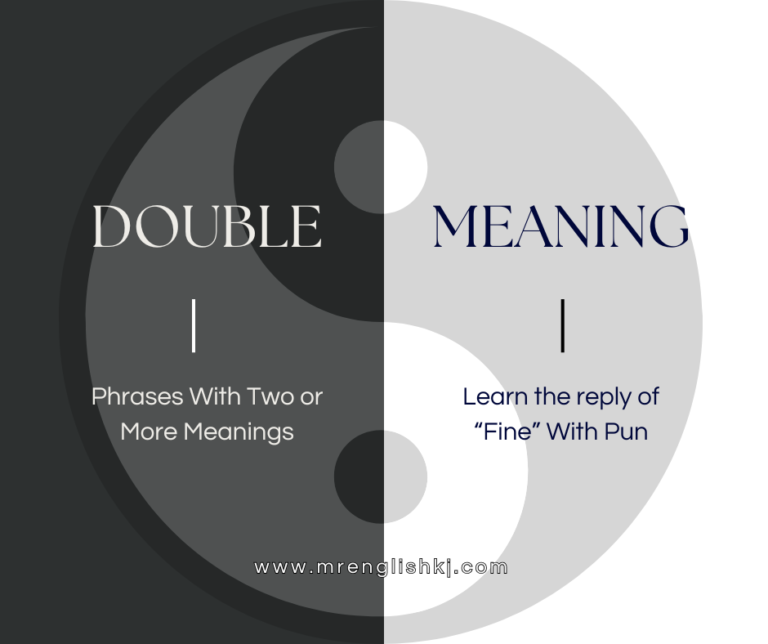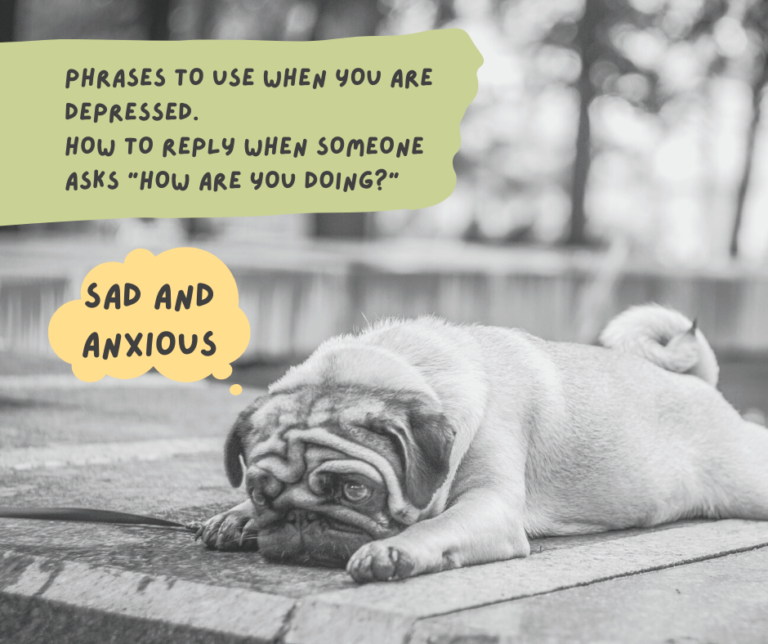Plural Noun
What is a Noun? = A noun is the name of everything. It is a name of person, place, animal, thing, feeling, and emotion, etc. Singular and plural nouns are one of the types of nouns.
Singular Noun = A singular noun is a single noun.
- For e.g. – Class, window, bag, plate, mobile, wire, egg, insect, goat, expert, doctor, teacher, key, ship, labour, laptop, computer, marker, eraser, sofa, fan, monkey, peddle, stone, and eagle, etc.
Plural Noun = A plural noun is two or more nouns. When there are two and more than two nouns, we call it “Plural Noun.”
- For e.g. – Classes, windows, bags, plates, mobiles, wires, eggs, insects, goats, experts, doctors, teachers, keys, ships, labours, laptops, computers, markers, erasers, sofas, fans, monkeys, peddles, stones, and eagles, etc.
Types of Plural Noun – There are two types of plural nouns.
- Regular Noun.
- Irregular Noun.
1. Regular Noun = The singular noun does not change completely when converts into a plural noun. There is a minor change from singular to plural. Let’s take a look!
Changes from Singular Noun to Plural Noun = There are few rules to understand to make “Regular Plural Noun.”
Noun + s = Mostly, a singular noun changes into a plural noun by adding “s.”
Singular Noun + s
Examples = Cloth (Singular Noun) + s = Cloths (Plural Noun)
- Cloths, formulas, antennas, bureaus, dwarfs, mediums, symposiums, sons-in-law, mothers-in-law, quails, shrimps, table fans, spectrums, symposiums, forums, aquariums, kitchen windows, zeros, axes (axe), and grades, etc.
2. Irregular Noun = The singular noun changes completely when converts into a plural noun. There is no certain rule for this. Let’s take a look!
Changes from Singular Noun to Plural Noun = The change is different than “Regular Noun.”
Examples = Louse (Singular Noun) = Lice (Plural Noun)
Rule 1: No Change = Some nouns do not change. The singular and plural nouns are the same here. There is no difference between singular nouns and plural nouns. They are also irregular nouns.
Examples =
Rule 2: Noun + es = Some plural nouns end in “es.” If a singular noun ends in these words “-es, -ch, -sh, -s, -x, -ss, -z, -zz;” we will use “es.”
Note = But there is an easy way if you know “Phonetic Alphabets.” If a singular noun ends in these sounds ” /s/, /z/, /ʃ/, /ʈʃ/, /ʒ/;” we will use “es.”
Singular Noun + es
Examples = Peach (Singular Noun ends in “-ch.”) + es = Peaches (Plural Noun)
- Appendixes (appendix), apparatuses (apparatus), platypuses (platypus), apexes (apex), opuses (opus), abysses (abyss), arches (arch), atlases (atlas), focuses (focus), and fishes (fish), etc.
- Noun + es = Some singular nouns end in “-s OR -z” requires to double ending alphabet of the singular noun before adding “es.”
Examples =
- Fez (Singular Noun ends in “-z.” Double the last alphabet.) + es = Fezzes (Plural Noun)
- Gas (Singular Noun ends in “-s.” Double the last alphabet.) + es = Gasses (Plural Noun)
Rule 3: Noun + ves = Some plural nouns end in “ves.” If a singular noun ends in “-f OR -fe;” the “-f OR -fe” changes into “ve” before adding “s.”
Singular Noun + ves
Examples = Loaf (Singular Noun ends in “-f.” “-f” converts into “-ve.”) + s = Loaves (Plural Noun)
= Wife (Singular Noun ends in “-fe.” “-fe” converts into “-ve.”) + s = Wives (Plural Noun)
- Wolves (Wolf), halves (half), lives (life), knives (knife), leaves (leaf), calves (calf), sheaves (sheaf), selves (self), thieves (thief), elves (elf), and hooves (hoof), etc.
Exception Case = Sometimes a singular noun ends in “-f, -ff, or -fe,” but it does not change into “ves.” In the plural form only, we only add “s.”
Singular Noun + s
Examples = Giraffe (Singular Noun ends in “-fe.”) +s = Giraffes (Plural Noun)
= Chief (Singular Noun ends in “-f.”) + s = Chiefs (Plural Noun)
= Sniff (Singular Noun ends in “-fe.”) + s = Sniffs (Plural Noun)
- roofs (roof), beliefs (belief), chefs (chef), cliffs (cliff), toffs (toff), scuffs (scuff), muffs (muff), reefs (reef), and dwarfs (dwarf), etc.
Rule 4: Noun + ies = If a singular noun ends in “-y,” and an alphabet before “-y” is consonant; so, the “-y” changes into “ie” before adding “s.”
Singular Noun + ies
Consonant = B, c, d, f, g, h, j, k, l, m, n, p, q, r, s, t, v, w, x, y, OR z. But these are Consonant Alphabets, not Consonant Sounds.
Note = In English consonant sounds are “Phonetic Consonant Sounds.”
Phonetic Symbols = /e/, /æ/, /ʌ/, /ʊ/, /ɒ/, /ə/, /i:/, /ɜ:/, /ɔ:/, /u:/, /ɑ: /, /ð /, /ʒ /, /ʃ /, /θ /, /f /, /p/, /g/, /t/, /b/, /dʒ/, and many more.
Examples = Dictionary (Singular Noun ends in “a Consonant + y.” “-y” changes into “-ie.”) + s = Dictionaries (Plural Noun)
Rules 5: Noun + s = If a singular noun ends in “-y,” and an alphabet before “-y” is a vowel; so, we add “s” after the singular noun “-y.”
Singular Noun + s
Examples = Boy (Singular Noun ends in “a Vowel + y.”) + s = Boys (Plural Noun)
- Monkeys, plays, guys, donkeys, rays, days, keys, bays, trays, ashtrays, gays, and jays, etc.
Rules 6: Noun + es = When a singular noun ends in “-o,” we add “es” after the singular noun.
Singular Noun + es
Examples = Mango (Singular Noun ends in “-o.”) + es = Mangoes (Plural Noun)
- Mottoes (motto), tornadoes (tornado), potatoes (potato), tomatoes (tomato), heroes (hero), echoes (echo), cargoes (cargo), mosquitoes (mosquito), vetoes (veto), zeroes (zero), buffaloes (buffalo), ghettoes (ghetto), volcanoes (volcano), haloes (halo), and dominoes (domino), etc.
Exception Case = Sometimes a singular noun ends in “-o,” but we add “s” after the singular noun.
Singular Noun + s
Examples = Logo (Singular Noun ends in “-o.” + s = Logos (Plural Noun)
Rules 7: Noun + i = If a singular noun ends in “-us,” we change “-us” into “i.”
Singular Noun + i
Examples = Cactus (Singular Noun ends in “-us.” “-us” changes into “-i.“) = Cacti (Plural Noun)
- Foci (Focus), alumni (alumnus), bacilli (bacillus), nuclei (nucleus), fungi (fungus), stimuli (stimulus), and syllabi (syllabus), etc.
Rule 8: Noun + es = If a singular noun ends in “-is,” we change “-is” into “es.”
Singular Noun + es
Examples = Basis (Singular Noun ends in “-is.” “-is” changes into “-es.”) = Bases (Plural Noun)
- Analyses (Analysis), axes (axis), parentheses (parenthesis), synopses (synopsis), theses (thesis), emphases (emphasis), neuroses (neurosis), ellipses (ellipsis), crises (crisis), oases (oasis), and diagnoses (diagnosis), etc.
Rule 9: Noun + a = If a singular noun ends in “-on,” we change “-on” into “a.”
Singular Noun + a
Examples = Phenomenon (Singular Noun ends in “-on.” “-on” changes into “-a.”) = Phenomena (Plural Noun)
= Criterion (Singular Noun ends in “-on.” “-on” changes into “-a.”) = Criteria (Plural Noun)
Rule 10: Noun + a = If a singular noun ends in “-um,” we change “-um” into “a.”
Singular Noun + a
Examples = Datum (Singular Noun ends in “-um.” “-um” changes into “-a.”) = Data (Plural Noun)
- Phyla (Phylum), ova (ovum), strata (stratum), symposia (symposium), aquaria (aquarium), spectra (spectrum), millennia (millennium), fora (forum), corrigenda (corrigendum), and addenda (addendum), etc.
Rule 11: Noun + e = If a singular noun ends in “-a,” we add “e” after “-a” in a plural noun.
Singular + e
Examples = Formula (Singular Noun ends in “-a.”) + e = Formulae (Plural Noun)
- Vitae (Vita), alumnae (almuna), antennae (antenna), and vertebrae (vertebra), etc.
3. Look Plural Noun = Some nouns sound like a plural, and they also end in “-s;” but still they are not plural. They are uncountable nouns. They look plural, but they function as singular; because they are uncountable nouns. You can not count them, so you assume them as one.
Note = Mostly, these nouns are the names of “Subjects of Study,” “Sports Activity,” “Diseases,” or “Games.”
Examples =
- Physics is my subject.
- Measles is a disease.
Thanks for choosing us!









